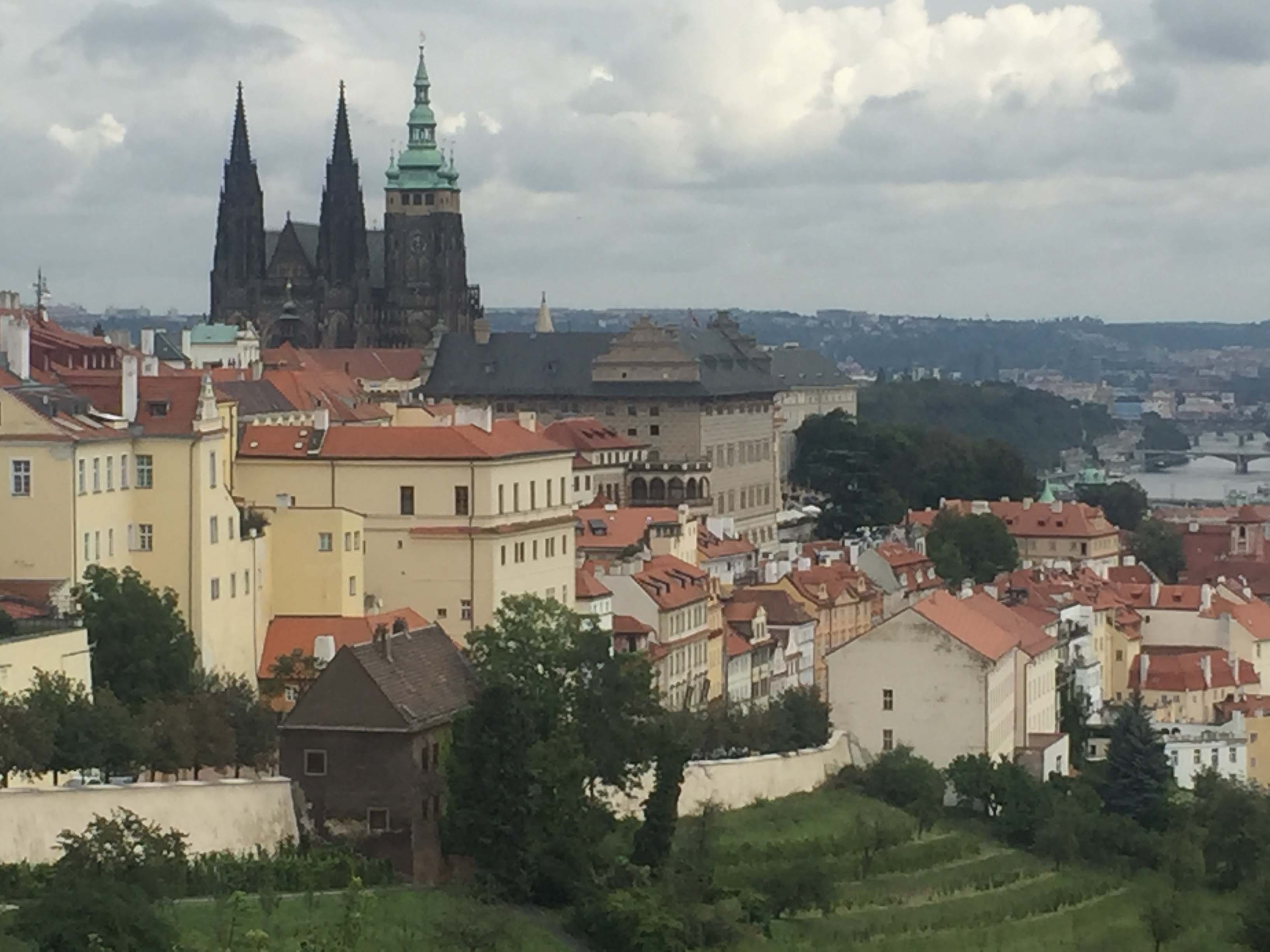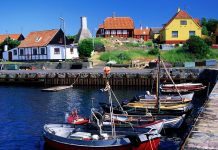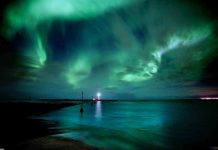
The spirit of Prague lingers like the aroma of cinnamon from ubiquitous bakeries. You can smell it in the cobbled lanes once trodden by Mozart or eat the delicious exhibits at the Gingerbread Museum on Nerudova Street, crocheted cupcakes notwithstanding
This city of mystics and mellow alchemists is perfectly preserved in the amber of Medieval, Gothic, Baroque and Neoclassical architecture. Rich in literature, music, glassware, beer, and beauty, the best way to explore central Prague is on foot. As chamber music echoes from a warren of alleyways winding between gabled facades, the city seems like a theatre with marionettes dangling in shop windows and geraniums spilling from window boxes.
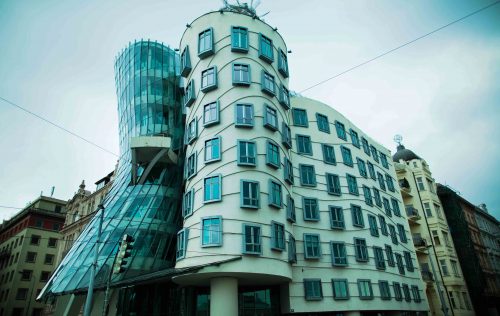
Wit meets weirdness in the curved outlines of the Fred Astaire and Ginger Rogers-inspired Dancing House, the Cubist lamp post, the mirror-maze kaleidoscope cinema, and two David Cerny statues piddling on a map of the Czech Republic outside the Franz Kafka Museum. The gyrating bronze men spell out literary quotations with their mechanical parts!
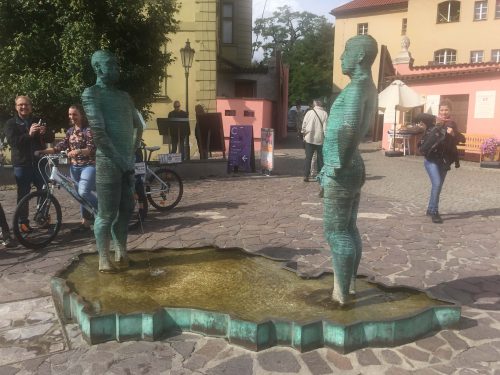
Traversing the Royal Road through the heart of Prague you pass noble 800-year-old dwellings en route to Staromestske Namesti (Old Town Square) where you’ll find Haus Minuta, Franz Kafka’s residence opposite the Church of Our Lady of Tyn, the Baroque St. Nicholas Church, and the 608-year-old Astronomical Clock with its amazing procession of Apostles. Here, a living statue in the form of a genie emerging from a giant lamp grants wishes for a nominal fee.

Spanning the mighty River Vltava from the east to west, the Charles Bridge built between 1357 and 1402, is a magnificent 520-metre stretch of masonry comprising 16 arches, 30 Baroque statues, and three towers. It’s a magnet for talented buskers and tourists so get to it early, before the hordes descend and make your way to the genteel Mala Strana (Little Quarter) district, and take in the John Lennon graffiti wall, looming Prague Castle, and St Vitus cathedral on the west bank.
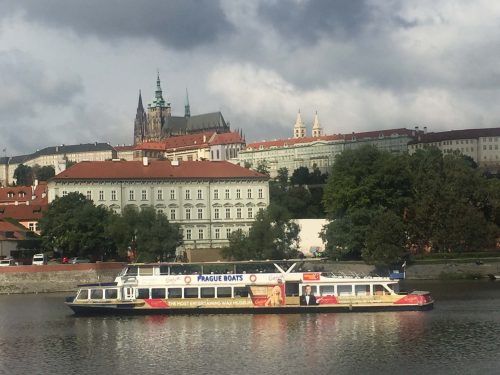
Ironically, it’s thanks to earlier isolation by Communism that Prague was spared the commercial development so apparent in other European capitals. You can experience the misdeeds of former rulers at the Museum of Communism (Na Prikope) with its grim reconstruction of a secret-policeman’s interrogation cell.
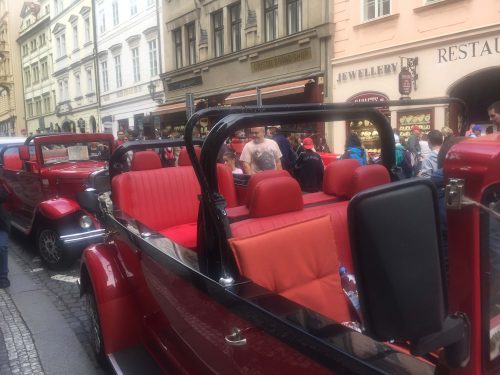
Embark on a river cruise or hire one of the ubiquitous red 1928 Praga tour cars for further exploration of the glistening steeples, cupolas, domes and spirals, barely touched by the last two centuries. Walk or ride the funicular up Petrin Hill for scenic views, museums, and a popular observation tower where you can see all the way to the Bohemian forest.
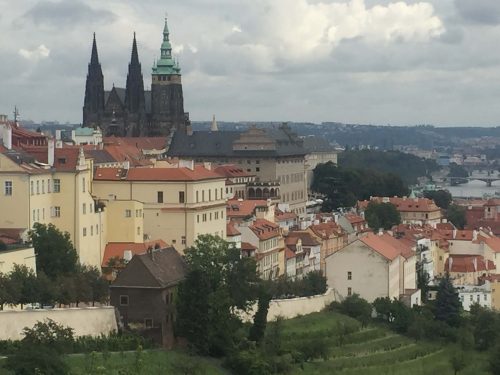
Stop for a beer at one of the many little cafes. The Czechs have been brewing beer since 859AD and the unpasteurised Pilsener Urquell is particularly good. North of Charles Bridge, Hradcany, the historical and political heart of Prague is full of palaces, ministries, cathedrals, wondrous gardens and even a sandy beach. Czech wines, too, are excellent and often way cheaper than the South African variety. Na zdraví!
- Credit: Caroline Hurry flew to Prague with British Airways


